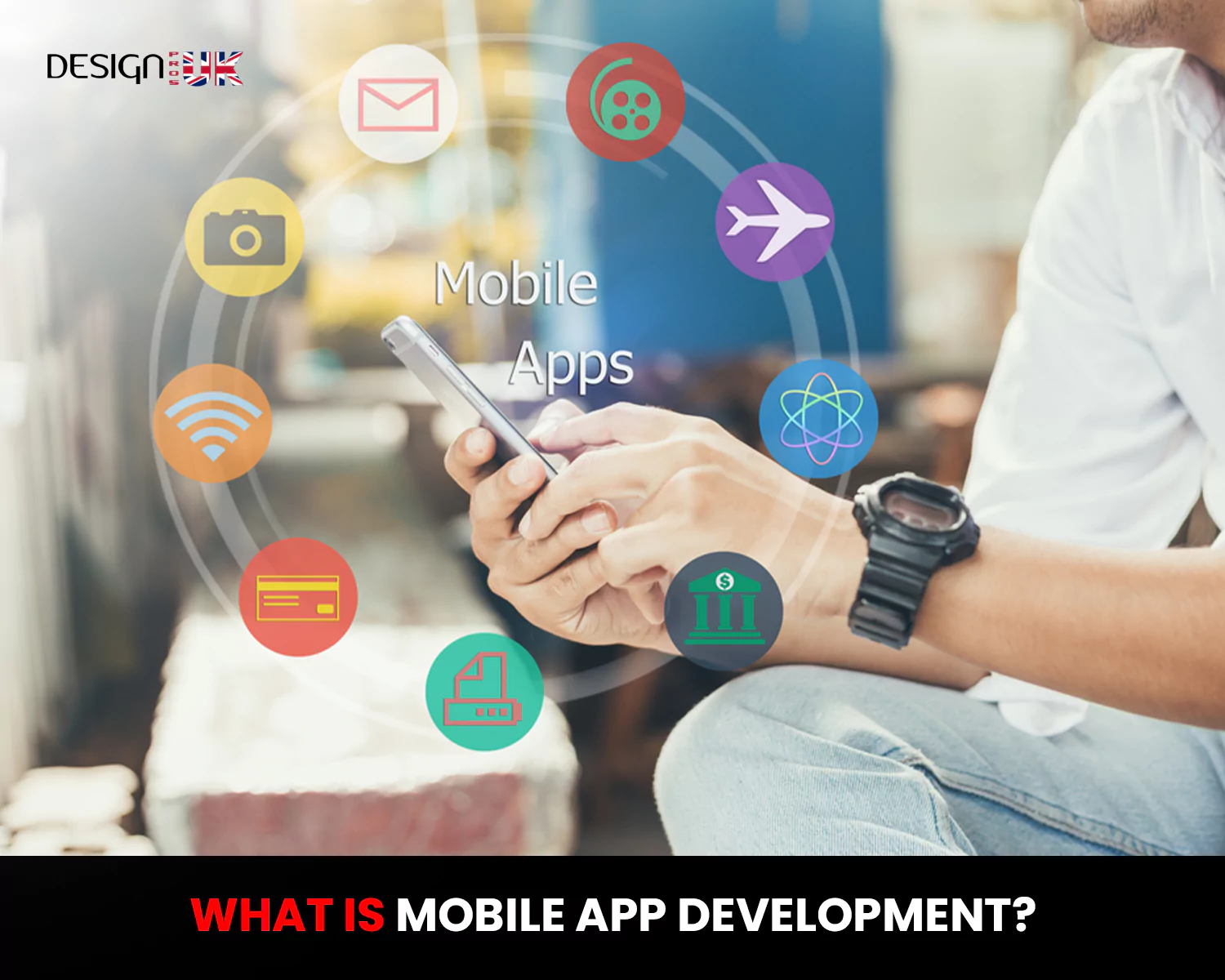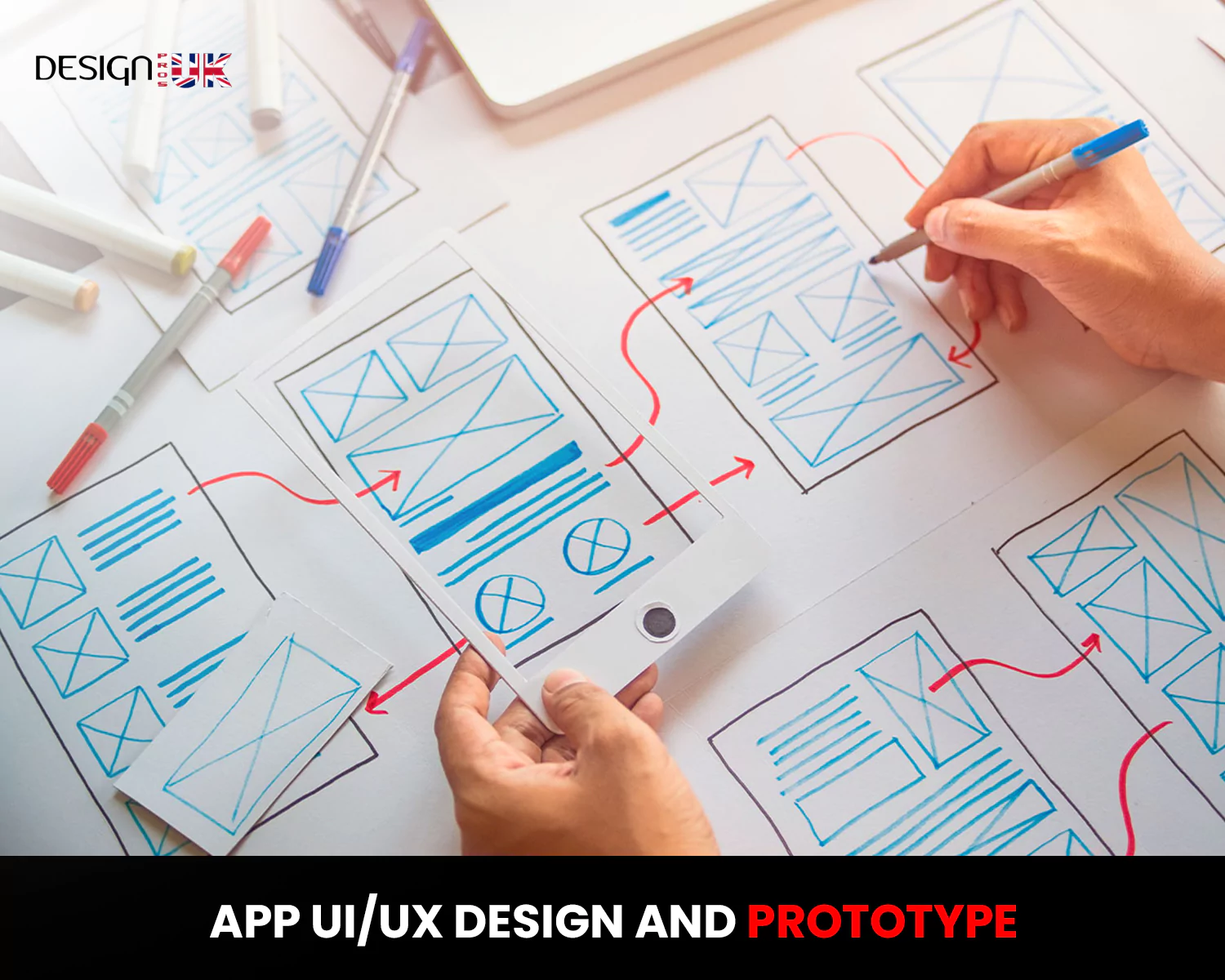Introduction
Mobile apps are like your helpers for everything; they are the only asset you can bring in your pocket wherever you go. Whether talking to friends, doing work, having fun, or shopping, they’ve become a must-have for businesses. While mobile apps help you connect with more people quickly, the mobile application development process is challenging. For this reason, we’ve gathered some easy steps for mobile app developers to follow to develop an app. This guide will show you ten simple steps to make your app less confusing and more fun.
Key Takeaways
- Understand your app concept clearly for mobile application development. Define its purpose, target audience, and unique features.
- Conduct thorough market research to identify similar apps, target audiences, and market trends.
- Outline the essential features and functionalities of your app. Keep it simple and user-centric.
- Based on your target audience, decide on the platform (iOS, Android, or both). Consider the technology stack for development.
- Visualise your app’s structure through wireframes and prototypes. Ensure an intuitive and enjoyable user experience.
- Choose the correct language, use version control (Git), and prioritise user-friendliness and strong codes during the coding phase.
- Rigorously test each feature and functionality to catch bugs and refine your app. Usability and performance testing are crucial.
- Work closely with your development team to deploy the app on chosen platforms. Market it effectively for a successful launch.
- Focus on building a community, optimising app stores, collaborating with influencers, and implementing marketing strategies for sustained growth.
- Monitor user behaviour, reviews, and app performance post-launch. Use insights for updates and continuous improvement.
What is Mobile App Development?

Mobile Application Development is creating software applications that run on mobile devices. These applications can be pre-installed on phones during manufacturing or downloaded by customers from various mobile software distribution platforms. In the digital era, mobile apps have become increasingly important. Users are more likely to engage and remain loyal to brands when they have a direct and personalised connection with them.
1.Know your concept
The first step is to understand your concept clearly. What do you want your app to do? Is it about helping people stay organised, connecting with friends, or making a specific task easier? Knowing your concept sets the direction for your entire app development journey.
Start by asking yourself a few key questions, such as, what problem is my app trying to solve? Who is my target audience? What features will make my app unique and valuable? How will users benefit from using my app?
A clear concept will help you stay focused and make it easier to explain your idea to others, like developers or potential users. Take some time to brainstorm and jot down your thoughts. The better you understand your concept, the smoother your app development journey will be.
2. Market Research
After finalising your app concept, a quick but essential step is market research. This involves understanding similar apps, identifying your target audience, and checking trends and gaps in the market. Moreover, analyse user feedback on comparable apps and explore monetisation strategies if you plan to make money from your app. Regularly update your knowledge to stay relevant. Thorough market research sets the foundation for a successful app development journey.
3. Defining the App Features and Functionality
Now, let’s figure out what makes your app awesome! First, think about the important stuff your app should do. Keep it simple by focusing on what users need. Imagine how they’ll go through your app, making it easy for them to use.
Consider drawing a simple picture (like a map) to show how everything will look. This helps plan where each feature goes. Also, think about what makes your app unique. Any cool or different things it can do? Make sure it’s still easy for people to understand.
So, remember the people who will use your app – think about what they like and how they use apps. Once you have this plan, you can bring your app to life!
4. Choosing the Right Platform
Now that you’ve mapped out your app’s features, the next step is deciding where it will live and the technology to bring it to life. Choose platforms like Apple’s iOS, Android, or both based on your target audience.
Consider the technology stack needed for development. If you’re not a tech expert, consult with developers to determine the best tools and languages for your app. This decision impacts the app’s performance, user experience, and future scalability.
Remember, each platform has requirements, so align your choice with your app’s goals. This pivotal decision ensures your app runs smoothly on users’ devices and sets the stage for development.
5. App UI/UX design and Prototype

With your features defined and your platform chosen, it’s time to visualise your app’s structure. Create a wireframe, a simple sketch illustrating the layout and navigation. This serves as a blueprint, outlining where each feature sits.
Move from the wireframe to a prototype, a more interactive model showcasing basic functionalities. Prototypes give you a feel for how users will navigate your app. They’re invaluable for spotting potential issues early on and refining the user experience.
Tools like Sketch or Figma can help create these visuals, providing a tangible representation before the development begins. This step ensures alignment between your vision and the app’s practicality, enhancing the efficiency of the development process.
6. Code Your App
Time to bring your app to life through coding! Choose the correct language and use tools like Git to keep things organised. Test your app for user-friendliness, write down your actions, and prioritise safety with solid codes. Additionally, monitor how users interact with your app and communicate regularly with your team for smooth progress. This coding adventure turns your app dreams into a digital reality! Let’s code!
7. Testing and Quality Assurance
With your app taking shape, it’s time to ensure everything runs smoothly. Testing and quality assurance (QA) become the focus. Rigorously examine each feature and functionality to catch any bugs or issues.
To ensure a seamless user experience, perform usability and performance testing to ensure your app runs smoothly.
QA is not just about finding problems; it’s about refining your app. As you identify issues, work closely with your development team to address them promptly. Thorough testing ensures your app is polished and ready for a seamless user experience once it hits the app stores.
8. Deployment and Launch
With a thoroughly tested and refined app, it’s time for the grand reveal. Deployment and launch mark the culmination of your hard work. Work closely with your development team to deploy the app to the chosen platforms, ensuring it meets all necessary guidelines.
Prepare compelling marketing materials and create a buzz around your app’s impending launch. Leverage social media, press releases, and other channels to generate excitement. Coordinate with app stores for a smooth submission process, adhering to their guidelines.
As the launch day arrives, monitor the app’s performance closely. Be ready to address any initial user feedback promptly. A successful deployment and launch set the stage for your app to make its mark in the digital landscape. Celebrate this milestone as your creation becomes available to users worldwide.
9. Marketing and Growth Strategies
After your app’s launch, shift your focus to marketing and sustained growth. Build a community through social media, invest in App Store Optimization (ASO) for visibility, and partner with influencers for broader exposure. Run targeted advertising campaigns, engage in content marketing, and implement user referral programs to establish credibility. Additionally, collaborate with other apps or businesses for cross-promotion, actively collect user feedback, and offer limited-time promotions. Monitor analytics closely, iterating your strategies based on insights. Also, stay current with industry trends, adapting your app to remain relevant. These strategies not only attract new users but also cultivate a thriving ecosystem, ensuring your app’s continued success.
10. Post-Launch Analysis
Once your app is out there, it’s time to see how things are going. Use tools to check what users are doing in your app—what they like and what could be better. Read their reviews and listen to what they’re saying. Look at numbers that show how many people are sticking around and using your app. This checkup helps you know what’s working and what needs tweaking. Use this info to make your app even better with updates so it keeps getting love from users.
App Development with Design Pros UK

If the app development process seems overwhelming or you need guidance and searching for a mobile application development company in UK, consider partnering with Design Pros UK. Our experienced mobile application developers help bring your app idea to life, from conceptualisation to deployment. At our mobile application development agency, we’ve custom mobile application development services that meet your specific requirements and provide ongoing support to ensure the app’s success.
Frequently Asked Questions (FAQs)
Consider your target audience when choosing between platforms like iOS, Android, or both. Align the choice with your app’s goals and requirements.
Tools like Sketch or Figma aid in creating wireframes and prototypes, providing a tangible representation of the app’s structure.
Mobile apps provide businesses with a direct and personalised connection to users. They enhance user engagement, loyalty, and accessibility, making them an essential tool for reaching a broader audience in the digital era.
When hiring developers, consider their experience, expertise in relevant coding languages, and past projects. Look for a development team that aligns with your project requirements and goals.
Conclusion
Mobile app development requires careful planning and execution, so hiring mobile app developers in the UK is challenging. Still, you can turn your app idea into reality with the right approach.
Suppose you are a person who provides mobile application development services. In that case, these ten easy steps can guide you in the mobile app development process, making it easier and more enjoyable. However, if you are a business owner looking to hire mobile application developers, then you should be aware of the process for app development via the above steps. Also, remember to stay updated with the latest and seek the assistance of a professional web developer when needed. So, what are you waiting for? Get your mobile application today!





